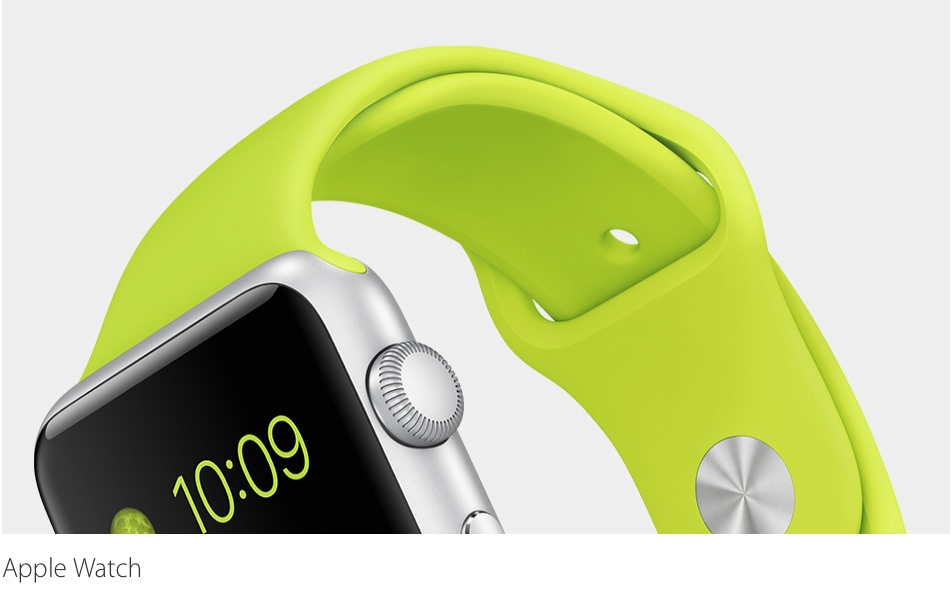BMW made a video about the production of the BMW i8 to promote the car. However the tone of the video feels rather like a corporate video from the 1980s. Despite the 1980s vibes the BMW i8 carbon fibre monocoque chassis manfucturing is fascinating. As is the manufacture of the BMW i8 high voltage battery. Unfortunately all this effort in manufacturing doesn’t seem to result in high reliability of the vehicles it makes.
Reebok’s classic range looked to draw on the history of Manchester in this video. It split opinions in the office. Many of my colleagues liked it, but I felt a dissonance between the big speech about building the future with visuals that came straight from 1988. The MA1 jacket, the Reebok Classic trainer – the chav proto-shoe, brutalist architecture, a nice house with 1970s architecture and a mid-to-late 1980s BMW M535i – allegedly beloved of drug dealers trying to shift a load. The car looked discreet about its performance, but could still go like the clappers
Great demonstration by Grandmaster Flash (of Grandmaster Flash and the Furious Five) of mixing circa 1983
Kickstarter have a campaign running to reprint the New York Transit Authority’s standards manual which was much more than a style guide but went into things like the methodology of planning signage and usability of New York public transport. More design related content here.
Anton Corbjin’s film A Most Wanted Man makes Hamburg amazing and gets great performances out of actors including Willem Defoe and Phillip Seymour Hoffman. The film feels believable because it’s based on a John LeCarré novel of the same name. LeCarré’s post-cold war output was a critique of populism, globalisation and the political nature of the war on terror. As would be expected in the 21st century the US comes out of it pretty poorly. Corbjin gives an honest portrayal of the book.

